
Preventing Nighttime Leg Cramps: Causes and Solutions
Understanding and Preventing Nighttime Leg Cramps: Causes, Solutions, and Sleep Tips
Nighttime leg cramps—also known as nocturnal leg cramps—are sudden, involuntary contractions of the leg muscles, most commonly occurring in the calf area during sleep. These painful spasms can last from just a few seconds to several minutes and may leave the affected muscle feeling sore or tender for hours afterward. While they are generally harmless, they can significantly disrupt sleep and impact overall well-being.
Although anyone can experience these cramps, they are more common among older adults, pregnant women, and individuals with certain lifestyle factors or medical conditions. Let’s take a closer look at the common causes and effective strategies to prevent them, helping you get a more restful night’s sleep.
Common Causes of Nocturnal Leg Cramps
1. Dehydration
When your body doesn’t get enough water, it can lead to an imbalance of electrolytes such as sodium, potassium, and magnesium—key minerals that help regulate muscle function. A lack of proper hydration can make muscles more prone to spasms, especially at night.
2. Mineral Deficiencies
Low levels of essential nutrients—particularly magnesium, calcium, and potassium—can impair normal muscle contraction and relaxation. These deficiencies are often linked to poor dietary habits or certain medical conditions and may increase the likelihood of nighttime cramps.
3. Overexertion and Muscle Fatigue
Engaging in strenuous physical activity, especially without proper warm-up or recovery, can lead to muscle fatigue, which makes cramps more likely during periods of rest or sleep. This is especially true for athletes or individuals who suddenly increase their physical activity.
4. Prolonged Sitting or Standing
Remaining in the same position for extended periods—whether sitting at a desk or standing for hours—can impair circulation and place extra strain on leg muscles. This reduces oxygen delivery and may trigger cramping once you finally rest.
5. Nerve Compression
Spinal issues such as sciatica or lumbar spinal stenosis can compress nerves in the lower back, causing radiating pain and muscle cramps in the legs. These cramps may appear suddenly during sleep, often without obvious cause.
6. Pregnancy
Pregnant women commonly experience leg cramps, particularly in the third trimester. This may be due to increased pressure on nerves and blood vessels, changes in circulation, hormonal shifts, or mineral imbalances.
7. Medications
Certain medications—including diuretics, statins, and beta-blockers—are known to increase the risk of muscle cramps as a side effect. These medications can affect fluid and electrolyte levels, making the muscles more sensitive to spasms.
8. Alcohol Consumption
Drinking alcohol in excess can lead to dehydration and impair the body’s ability to absorb critical nutrients. Both of these effects can increase the frequency and severity of leg cramps, especially at night.
9. Underlying Medical Conditions
Chronic health conditions such as diabetes, thyroid disorders, kidney disease, or peripheral artery disease can interfere with proper nerve and muscle function, making cramps more likely.
10. Aging
As people age, they naturally lose muscle mass, and the remaining muscle tissue becomes more prone to fatigue. Older adults may also experience slower circulation and diminished flexibility, all of which increase the likelihood of nighttime cramping.
Prevention Tips and Home Remedies
While leg cramps can be uncomfortable and disruptive, the good news is that they’re often preventable with a few simple lifestyle changes and self-care strategies:
-
Stay Well-Hydrated: Drink plenty of water throughout the day to keep your muscles hydrated and maintain proper electrolyte balance.
-
Eat a Nutrient-Rich Diet: Incorporate foods high in magnesium (nuts, whole grains, leafy greens), potassium (bananas, oranges, sweet potatoes), and calcium (yogurt, cheese, fortified plant milk) into your meals.
-
Stretch Regularly: Daily stretching exercises, especially before bed, can improve muscle flexibility and circulation. Focus on stretching your calves, hamstrings, and thighs.
-
Exercise Moderately: Low-impact activities like walking, swimming, or cycling can strengthen leg muscles and improve overall circulation, reducing the risk of cramps.
-
Wear Supportive Footwear: Shoes with proper arch support can reduce leg strain, especially if you spend long hours on your feet.
-
Adjust Your Sleep Position: Sleeping with a pillow under your knees (if lying on your back) or between your legs (if on your side) may help reduce nighttime leg tension.
-
Limit Alcohol Intake: Cutting back on alcohol can help improve hydration and nutrient absorption.
-
Review Your Medications: Talk to your doctor or pharmacist if you suspect your medications may be contributing to cramps. They may suggest alternatives or adjustments.
-
Use Heat or Massage: Applying a warm compress or gently massaging the muscle during or after a cramp can help relieve pain and promote relaxation.
When to See a Doctor
Occasional leg cramps are usually not a cause for concern. However, frequent, intense, or persistent cramps—especially if accompanied by swelling, redness, numbness, or muscle weakness—could indicate an underlying medical condition that needs professional evaluation.
Final Thoughts
By identifying the specific causes of your nighttime leg cramps and adopting targeted prevention strategies, you can significantly reduce their occurrence and reclaim your restful nights. Don’t ignore the signals your body sends—take proactive steps to support muscle health and sleep better.
News in the same category


World-first sperm race is happening soon and the creators have revealed how it will work
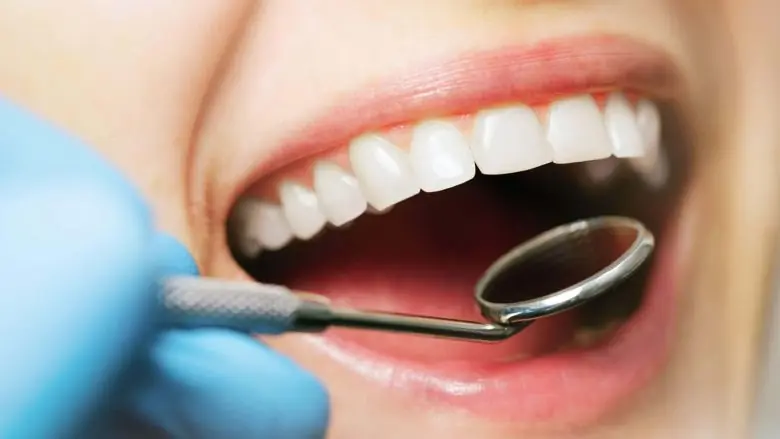
Scientists Grow First Fully Formed Tooth In Lab — A Groundbreaking Breakthrough
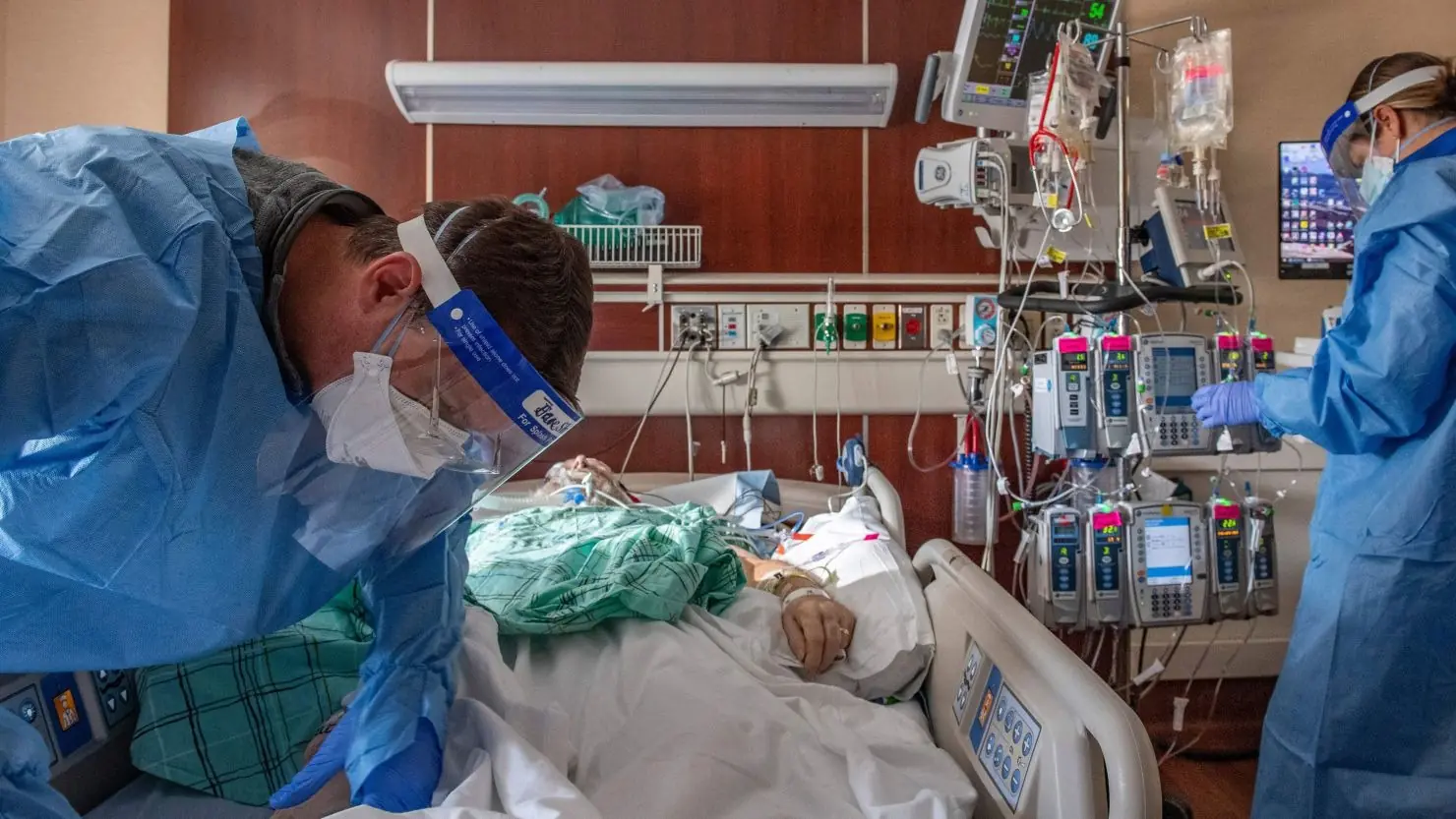
New COVID Wave Surges — Health Officials Sound Alarm As Cases Double

10 Things That Men May Find Unattractive About Women Over 50

8 Signs You Might Be Affected by Lactose Intolerance

Understanding Diabetes: Types, Symptoms, Risks, and How to Manage It

Doctors Highlight A Rare Cancer Symptom That Can Appear On Your Toenails

Stroke Warning Signs: When Your Body Sends a Silent SOS

Understanding Cholesterol: The Good, the Bad, and How to Keep It in Check

Only 1 Cup a Day: Choose 1 of These 3 Drinks to CLEANSE Your Fatty Liver!

SHOCKING Tips to Lower Cholesterol! Foods You Need to Know!
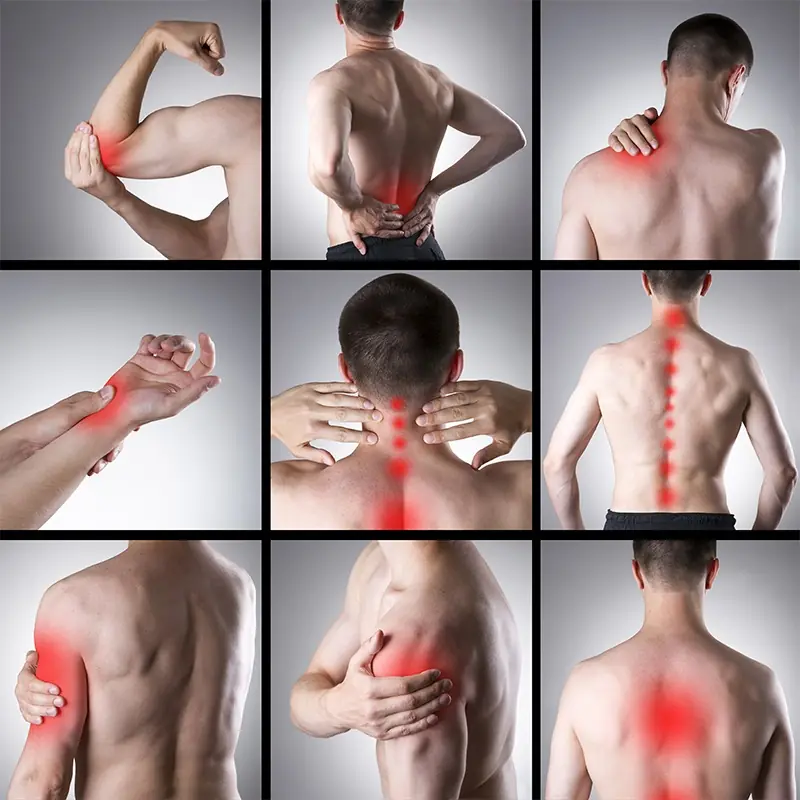
7 Kinds of Pain That Shouldn't Be Ignored

Natural Nighttime Elixir: Reduce Belly Fat in Four Days Safely
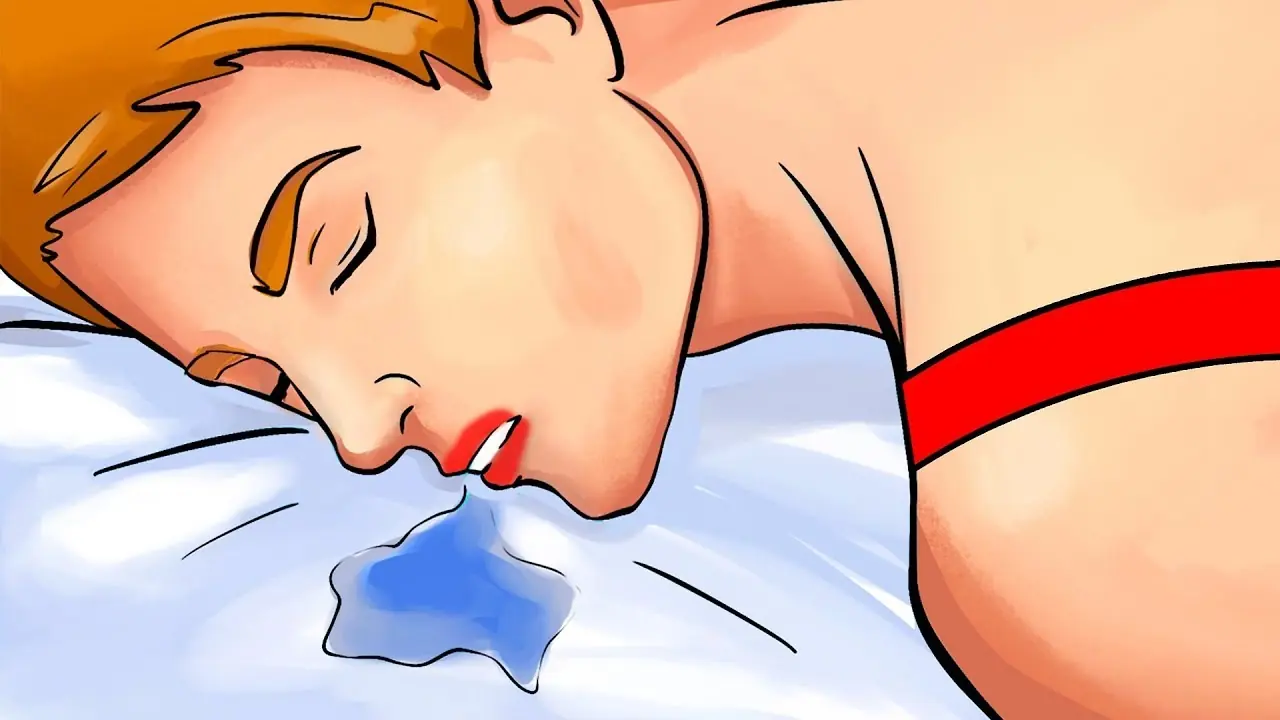
10 Reasons You’re Drooling While You Sleep and What It Could Mean
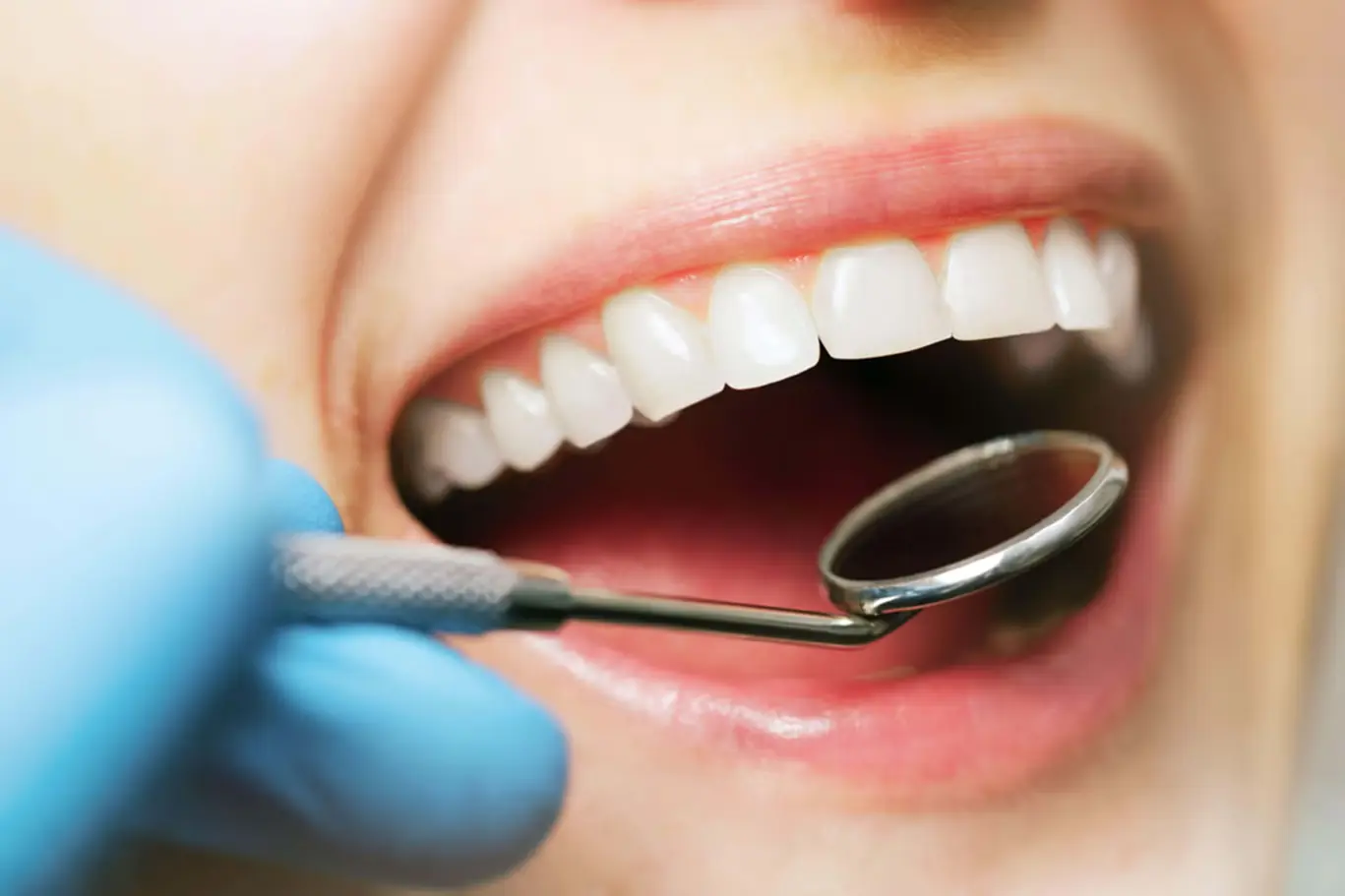
Scientists Successfully Grow Human Teeth in Lab — A Breakthrough in Dental Regeneration

The 4 Dangerous Qualities of “Dark Empaths”

7 SHOCKING Benefits of Cayenne Pepper You Never Knew!

What Is Brain Fog? Scientists Are Finally Starting to Find Out

70-Year-Old Woman Who Used Her Deceased Son's Sperm to Have His Child Through Surrogacy Shares Update After Birth
News Post

URGENT: These Foods Improve Circulation INSTANTLY!

THEY BEGGED ME TO QUIT MY JOB TO WATCH MY GRANDKIDS – NOW THEY'RE DUMPING ME FOR DAYCARE

Grandma Saw the Sweater She Knitted for Her Granddaughter Donated and Decided It Was Time for a Talk About Appreciation

My Late Mom Left Me a Trust Fund, but My Dad Took Money from It for His Stepdaughter — I Finally Retaliated

My Husband Made Me Sell My Apartment to Pay Off His 'Business Debts' After Being 'Dumped' by His Partner — But It All Turned Out to Be a Lie

My Landlord Raised My Rent Because I Got a Promotion — Big Mistake Messing With a Single Working Mom of Three

All the Guests Brought Black Gifts to My Birthday Party — If Only I Knew What Was Coming

Cleaner Stepped Into a Stranger’s Home

My Mom Avoided Me for Years

My Best Friend Asked Me to Watch Her Kids for an Hour – I Didn't See Her Again for 7 Years

My Husband Had Been Secretly Transferring Money from Our Joint Account to My Best Friend for Months

Doctors make disturbing discovery in the brains of heavy alcohol drinkers that 'can cause long-term effects'

World-first sperm race is happening soon and the creators have revealed how it will work

Scientists Grow First Fully Formed Tooth In Lab — A Groundbreaking Breakthrough

New COVID Wave Surges — Health Officials Sound Alarm As Cases Double

10 Things That Men May Find Unattractive About Women Over 50

8 Signs You Might Be Affected by Lactose Intolerance

Understanding Diabetes: Types, Symptoms, Risks, and How to Manage It

Doctors Highlight A Rare Cancer Symptom That Can Appear On Your Toenails
